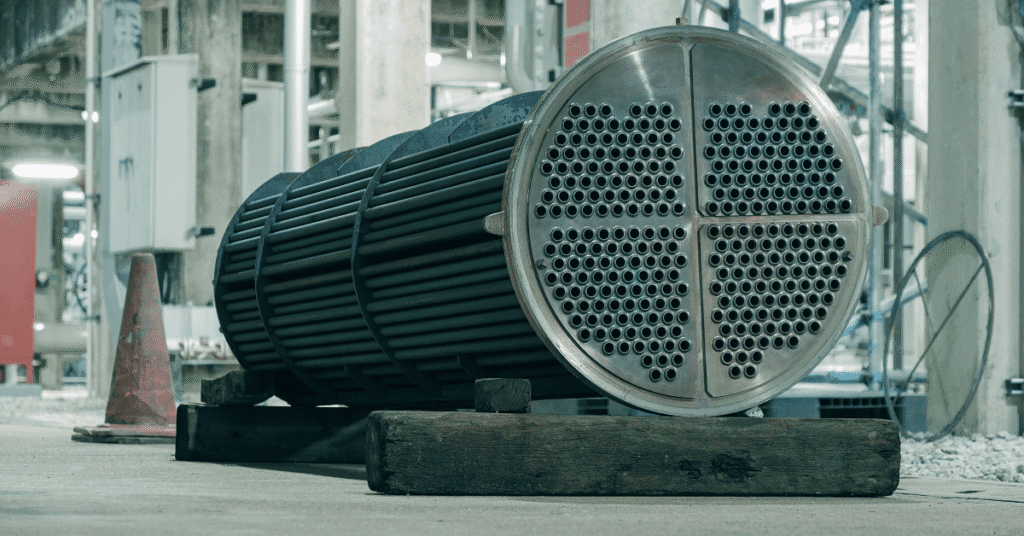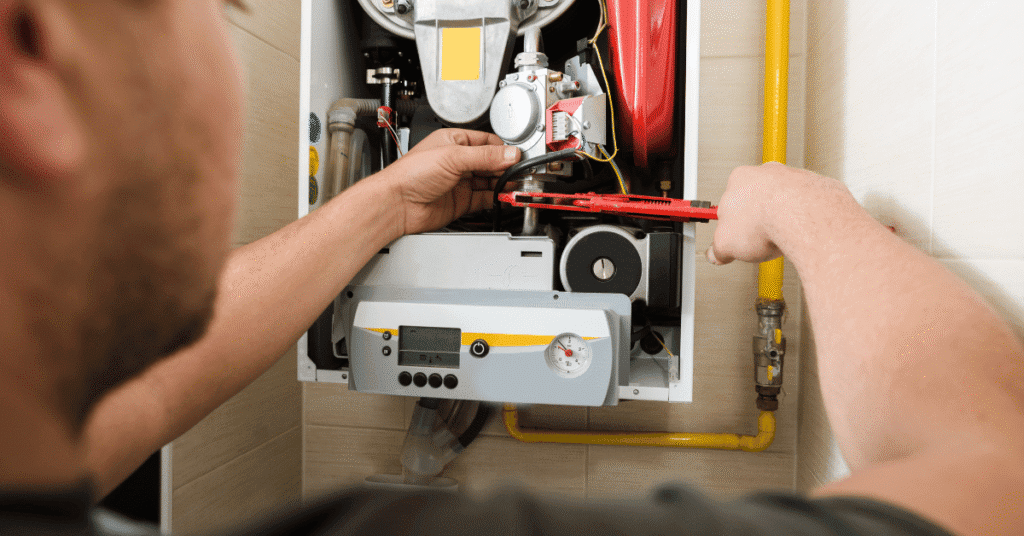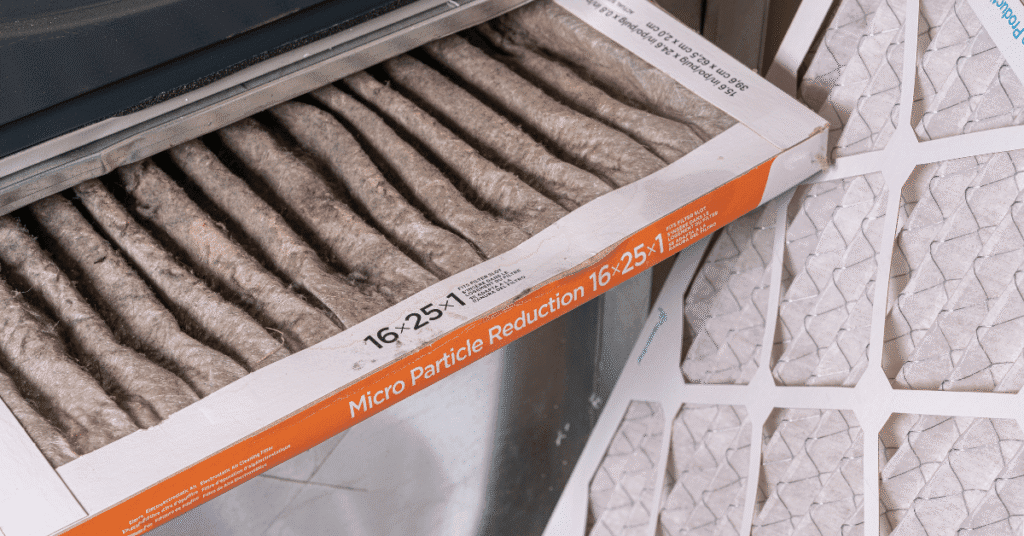What Size Furnace Do I Need? Oklahoma winters may not be the harshest in the country, but when the temperature drops, the right furnace size is essential for keeping your home comfortable. The tricky part? Figuring out exactly what size furnace you need.
It’s a common mistake to think a larger furnace will always heat better or that a smaller unit will save on energy bills. In reality, the wrong size can lead to uneven heating, higher utility costs, and extra wear. In this guide to furnace sizing for your home, we’ll explain the factors to consider, how to use a size calculator, and why a professional Manual J load calculation is the most accurate way to determine the correct size furnace.
Why Furnace Size Matters for Comfort and Efficiency
When we talk about furnace size, we don’t mean the physical dimensions it’s about heating capacity, measured in BTUs (British Thermal Units). The BTU rating shows how much heat your furnace can generate in an hour.
- A furnace that’s too big may short cycle, heating the air too quickly, shutting off, and starting again. This wastes energy and causes uneven temperatures.
- A smaller furnace may run constantly, struggling to keep up, especially in colder weather, increasing energy bills and wear.
For Oklahoma City homes, choosing the right furnace size ensures efficient furnace performance, comfort, and longevity.
Factors That Determine the Right Furnace Size
While you can use an online size calculator, the most accurate method is a Manual J load calculation performed by an HVAC professional. This considers:
1. Home Square Footage
The square footage of your home is the starting point. A general rule of thumb for Oklahoma’s climate is 30–60 BTUs per square foot.
Example: A 2,000 sq. ft. home may need a BTU furnace rated between 60,000–90,000.
2. Local Climate
Oklahoma winters average in the 30s and 40s, but cold snaps can drop much lower. Your furnace must handle these extremes without being oversized.
3. Home Insulation
Good home insulation reduces the heating capacity needed. Poor insulation increases the need for my house to have a higher BTU output.
4. Ceiling Height and Floor Plan
High ceilings and open layouts affect the amount of heat needed throughout your home.
Understanding Furnace BTUs and Capacity
BTUs measure how much heat a furnace can produce. Btu stands for British Thermal Unit, and in Oklahoma, the right size is essential.
Quick reference:
- Small home (1,200 square feet) – 36,000–54,000 BTUs
- Medium home (1,800 sq. ft.) – 54,000–81,000 BTUs
- Large home (2,500+ sq. ft.) – 75,000–120,000 BTUs

Common Furnace Size Recommendations for Oklahoma City
| Home Size (sq. ft.) | Approx. BTUs Needed | Suggested Furnace Size |
| 1,000–1,200 | 30,000–48,000 | 40,000 BTU furnace |
| 1,300–1,800 | 45,000–72,000 | 60,000 BTU furnace |
| 1,900–2,500 | 57,000–100,000 | 80,000 BTU furnace |
| 2,600+ | 75,000–120,000 | 100,000 BTU furnace |
Signs Your Furnace Isn’t the Correct Size
- Short cycling
- Uneven heating
- High utility bills
- Frequent repair needs
- Cold spots during freezing nights
Professional Load Calculation – The Accurate Solution for Your Home
We use Manual J load calculation to account for:
- Square footage of your house
- Insulation quality
- Number of windows
- Air leakage
- Climate data
This ensures a properly sized furnace with no wasted energy.
Gas vs. Electric Furnace Options
- Gas Furnace: Quick heating, good for cold snaps, can be cost-effective.
- Electric Furnace: Easier installation, quiet, and lower maintenance.

Furnace Installation and Maintenance
Installation tips:
- Match furnace size to ductwork capacity
- Seal leaks before furnace installation
- Ensure correct venting
Maintenance:
- Annual inspection for cleaning and repair
- Replace filters regularly
- Keep vents clear
Get Help Choosing the Right Furnace Size
If you’re wondering, “What size furnace do I need?” the safest approach is a professional load calculation. Whether you’re upgrading to a new furnace, replacing an old furnace, or doing a furnace replacement, we’ll help you choose the correct size furnace and handle the installation properly.






